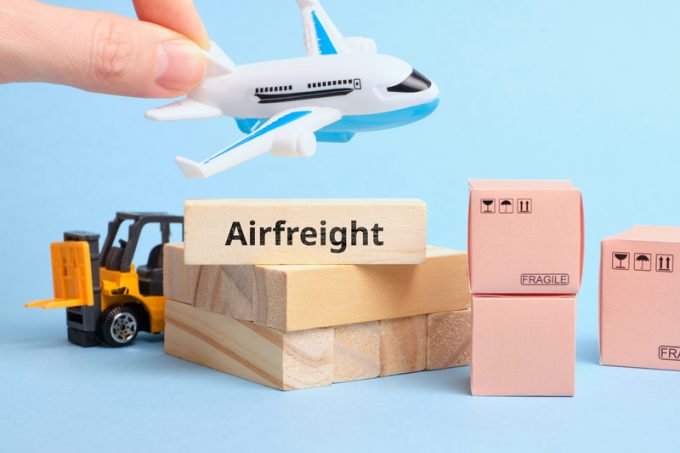CNS: rumours of its demise may be premature
Speculation that the CNS Partnership event may have run its course seems premature. Attended by some ...

IATA flagged digitalisation, sustainability, safety and security as key focus areas for air cargo next year, during a media presentation at its head office in Geneva last week.
Although air cargo demand was up 3.8% in October, challenges persist. Economic volatility has brought inflation, a weaker trading environment, shifting currency rates and slower GDP growth. And concerns are growing on how China’s global supply chains will play out.
Brandan Sullivan, global head of cargo at IATA, said challenges were not mounting, but perhaps there was a continuation of existing issues, and gave several examples, especially on the situation in China.
“There are still concerns on how China’s supply chain is developing, with manufacturing companies ‘de-risking’ their supply chains. These developments are ongoing, and it’s an area we continue to monitor,” he said.
On the plus side, Mr Sullivan said, e-commerce continued to grow and remained a significant driver for air cargo.
“The e-commerce demand is speed, and air cargo can absolutely deliver that. However, it requires cooperation from governments to improve those delivery times and reduce any dwell that might exist inside the supply chain.
“There has been a very strong rebound and incredible resilience in this industry on passenger traffic, which brought more capacity, which is available for cargo, and these are positive developments.”
Digitalisation is still an issue, but is slowly progressing. Mr Sullivan noted the move from the legacy messaging standard to a data-sharing approach, using modern web APIs. He specifically mentioned preloading advanced cargo information systems and the specific data sets shared along the supply chain with the Customs authorities, creating additional layers of security.
“This is where Customs performs security risk assessments prior to loading. Currently, we have several of these different regimes being implemented throughout the world.”
The latest initiative is the EU’s new advance cargo information system ICS2. With similar programmes in other countries, like the UAE and Canada, Mr Sullivan added: “There is a need to ensure these programmes achieve their objective to provide this additional layer of security, and not impact cargo flows or create friction at borders and transit points.”
To avoid such situations, IATA is calling on governments to work closely together to deploy a standardised programme.
“We have several examples where freight moves across multiple policy regimes, and if those programmes are not aligned, suddenly, the data sets cannot be used for the purpose that it was intended. This can cause trade flows to stop, or slow down, so you end up with increased dwell time, all of which negatively affects the types of commodities that we move in our cargo,” he explained.
On special cargo, IATA is prioritising reducing perishables loss in the supply chain, from point of production to the consumer – including the role air transport plays to reduce loss.
“We need to make sure we are moving in that direction and using modern approaches inside the facility,” said Mr Sullivan. According to IATA data, special cargo typically accounts for up to 58% of the overall cargo revenue, depending on the business model of airlines, and 12% of the perishable products are fruit and vegetables.
IATA has issued new guidance on perishables loss reduction and identified areas that are common culprits for this, including delays and transit processes; be it customs or regulatory. Mr Sullivan said the new guidance offered several strategies to reduce and mitigate that loss.
Also, dangerous goods were highlighted; they represent a third of all special cargo and, specifically, lithium batteries, which account for 27%.
Mr Sullivan said: “We want to take the data that’s available around incidents and issues and have a continued risk management approach, so we can mitigate any risks. We have seen some improvements around the transportation conditions for them, including a reduced state of charge and a new designation for vehicles.”
Comment on this article